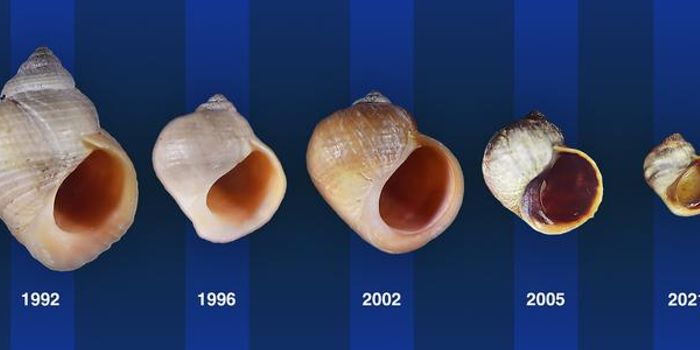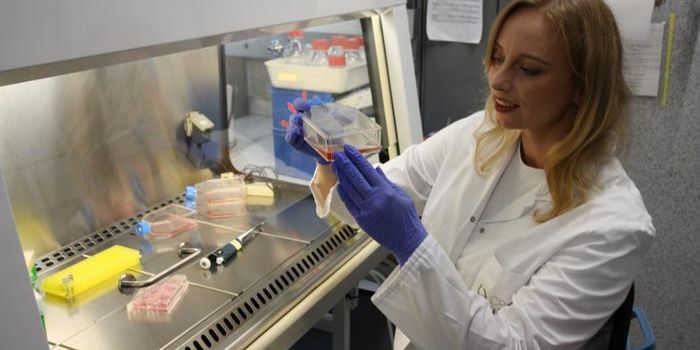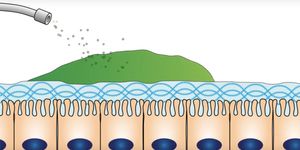Finding a Way to Treat Dangerous Protein Aggregates
Physiology is controlled by the expression of various genes, and gene expression depends on many influences, including small pieces of genetic material called microRNAs (described in the video below). Researchers have found that a microRNA can help control the formation of protein aggregates, which are buildups of improperly folded proteins. Protein aggregates have been connected to a variety of neurodegenerative disorders including Parkinson's and Huntington's disease.
Reporting in the journal eLife, the teams of Monash Biomedicine Discovery Institute (BDI) Associate Professor Roger Pocock and University of Cambridge Professor David Rubinsztein looked for microRNAs that help regulate protein aggregates and zeroed in on one in particular called miR-1. In patients with neurodegenerative diseases, this microRNA is only found at low levels.
Scientists often look at how similar certain molecules are across many different species to get an idea of how critical its function is to biology. In the case of miR-1, it is exactly the same in many animals.
"The sequence of miR-1 is 100 percent conserved; it's the same sequence in the Caenorhabditis elegans worm as in humans even though they are separated by 600 million years of evolution," Pocock explained. "We deleted miR-1 in the worm and looked at the effect in a preclinical model of Huntington's and found that when you don't have this microRNA there's more aggregation," he said. "This suggested miR-1 was important to remove Huntington's aggregates."
The researchers used a worm model to find out more about how the microRNA was working. They found that it helped stopped dangerous protein aggregates (described in the video below) from forming by regulating the expression of a protein called TBC-7. This protein is involved in autophagy, a crucial natural process of cell death, which also helps get rid of toxic buildups.
"When you don't have miR-1, autophagy doesn't work correctly and you have aggregation of these Huntington's proteins in worms," noted Pocock.
In the Rubinsztein lab, scientists found that microRNA is also involved in the regulation of autophagy in human cells. "Expressing more miR-1 removes Huntington's aggregates in human cells," said Pocock. "It's a novel pathway that can control these aggregation-prone proteins. As a potential means of alleviating neurodegenerative disease, it's up there."
The researchers also found that by exposing cells to a molecule called interferon-b, a cellular pathway involving miR-1 was ramped up; this showed that the pathway can be manipulated.
"We asked a fundamental biological question to dissect a molecular mechanism that now is shown to be really important for potential therapies," added Pocock.
The scientists are now planning tests that will apply these findings to models of neurodegenerative disease, and are hopeful that they will lead to new therapeutics.
Sources: AAAS/Eurekalert! via Monash University, eLife








